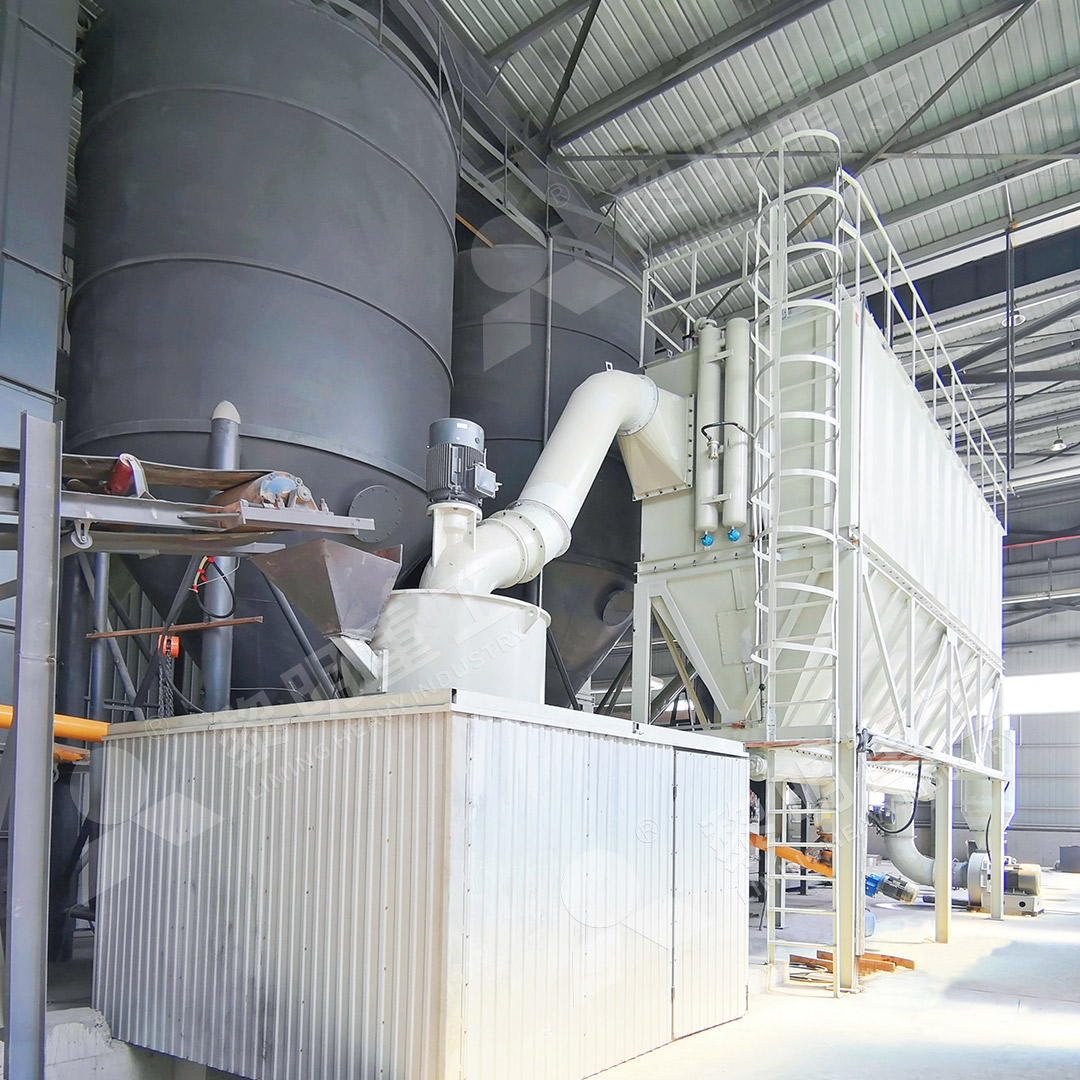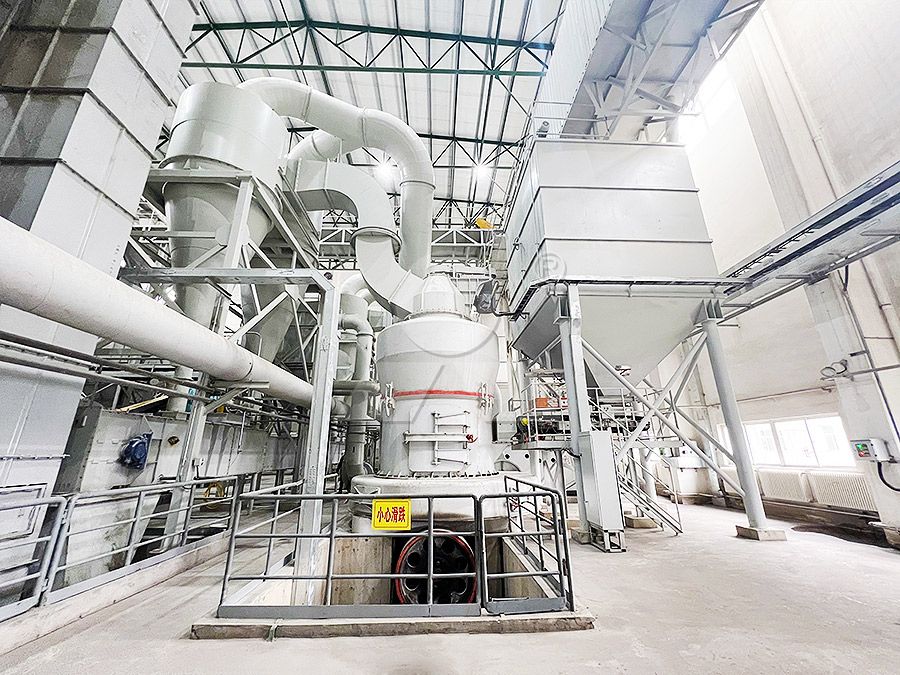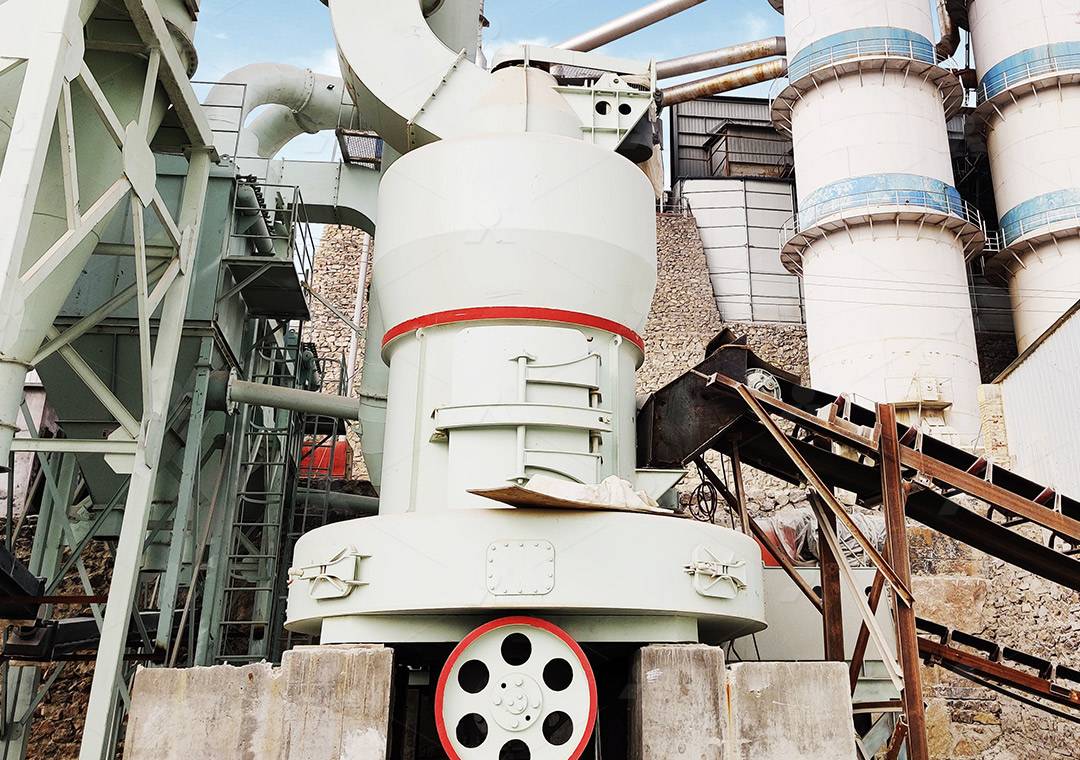Advanced Eco-Friendly Raymond Mill for Sustainable Powder Processing
Advanced Eco-Friendly Raymond Mill for Sustainable Powder Processing
The global powder processing industry stands at a critical juncture where environmental responsibility and operational efficiency must converge. As manufacturers face increasing pressure to reduce their ecological footprint while maintaining competitive production rates, advanced grinding technologies have emerged as pivotal solutions. Traditional milling equipment often consumes excessive energy and generates significant dust and noise pollution, creating both environmental and workplace challenges. The evolution of Raymond Mill technology addresses these concerns through innovative engineering that prioritizes sustainability without compromising performance.

Modern Raymond Mills incorporate sophisticated environmental controls that fundamentally transform powder processing operations. The integration of high-efficiency pulse dust collectors ensures virtually dust-free operation, capturing particulate matter before it can escape into the workplace or external environment. Simultaneously, advanced muffler systems and noise elimination technologies reduce operational decibels to levels compliant with stringent international standards. These features represent more than just regulatory compliance—they demonstrate a fundamental reimagining of industrial equipment where environmental stewardship becomes integral to design philosophy.
Technological Innovations Driving Sustainable Processing
The transformation toward eco-friendly powder processing hinges on several technological breakthroughs. German-engineered cage-type powder selectors now enable precise particle separation with minimal energy expenditure, while innovative grinding curves optimize material contact to reduce power consumption. The elimination of rolling bearings and screws within grinding chambers represents another leap forward, removing common failure points while eliminating lubrication-related contamination risks. These engineering solutions collectively achieve what once seemed impossible: higher production rates coupled with reduced environmental impact.
Among the standout performers in this new generation of sustainable milling equipment, the MW Ultrafine Grinding Mill exemplifies this technological evolution. With an input size capacity of 0-20 mm and throughput ranging from 0.5 to 25 tph, this machine delivers exceptional versatility across multiple applications including limestone, calcite, dolomite, and various chemical industry materials. Its sophisticated design achieves 40% higher production capacity compared to jet grinding mills while consuming only 30% of the energy—a compelling combination of performance and efficiency.

Operational Excellence Through Intelligent Design
The operational advantages of advanced Raymond Mills extend beyond environmental benefits. Modern systems incorporate digital processing technologies that ensure exceptional precision in manufacturing, particularly for core components that determine long-term reliability. Numerical control machining of steel plates through cutting, bending, planing, milling, and paint spraying operations guarantees consistency and quality that translates to dependable field performance.
For operations requiring vertical grinding solutions, the LUM Ultrafine Vertical Grinding Mill offers another sophisticated option. Processing materials up to 10 mm in size with capacities between 5-18 tph, this mill integrates the latest Taiwanese grinding roller technology with German powder separation expertise. Its unique roller shell and lining plate grinding curve design generates material layers more effectively, enabling high finished product rates through single-pass powder milling. The PLC control system and multi-head powder separating technology provide unprecedented control over grinding parameters while reducing energy consumption by 30-50% compared to conventional mills.
Practical Implementation and Industry Applications
The transition to advanced eco-friendly milling technology delivers measurable benefits across diverse industrial sectors. In chemical manufacturing, the precise control over particle size distribution (adjustable between 325-2500 meshes) enables manufacturers to achieve exact specification requirements while minimizing waste. The construction industry benefits from consistent quality in mineral powders used as additives, while the food and pharmaceutical sectors appreciate the contamination-free operation ensured by advanced sealing systems and external lubrication mechanisms.
Implementation typically reveals additional advantages beyond the anticipated environmental and efficiency gains. The reversible structure of modern mills simplifies maintenance procedures, while generous spare parts availability ensures operational continuity. The worry-free operation philosophy embedded in these systems means manufacturers can focus on core production goals rather than equipment troubleshooting.

Frequently Asked Questions
What makes modern Raymond Mills more environmentally friendly than previous generations?
Contemporary designs integrate high-efficiency pulse dust collectors that prevent particulate emissions, advanced mufflers that reduce noise pollution, and energy-optimized grinding mechanisms that lower power consumption by 30-50% compared to conventional systems.
How does the MW Ultrafine Grinding Mill achieve higher production with lower energy use?
Through newly designed grinding curves that enhance material processing efficiency, coupled with German-engineered cage-type powder selectors that provide precise separation with minimal energy input. The absence of internal rolling bearings and screws further reduces friction-related power losses.
Can these advanced mills handle materials beyond traditional mineral powders?
Yes, modern configurations process diverse materials including petroleum coal, gypsum, barite, talc, and various chemical compounds used in paints, cosmetics, pharmaceuticals, and food additives.
What maintenance advantages do these eco-friendly designs offer?
Features like external lubrication systems enable maintenance without shutdown, reversible structures simplify component replacement, and the elimination of internal bearings and screws removes common failure points, significantly reducing downtime.
How do the noise reduction features impact workplace conditions?
Integrated silencers and noise elimination technologies lower operational decibels to comply with international workplace safety standards, creating better environments for operators while potentially allowing facilities to be located closer to residential areas.
